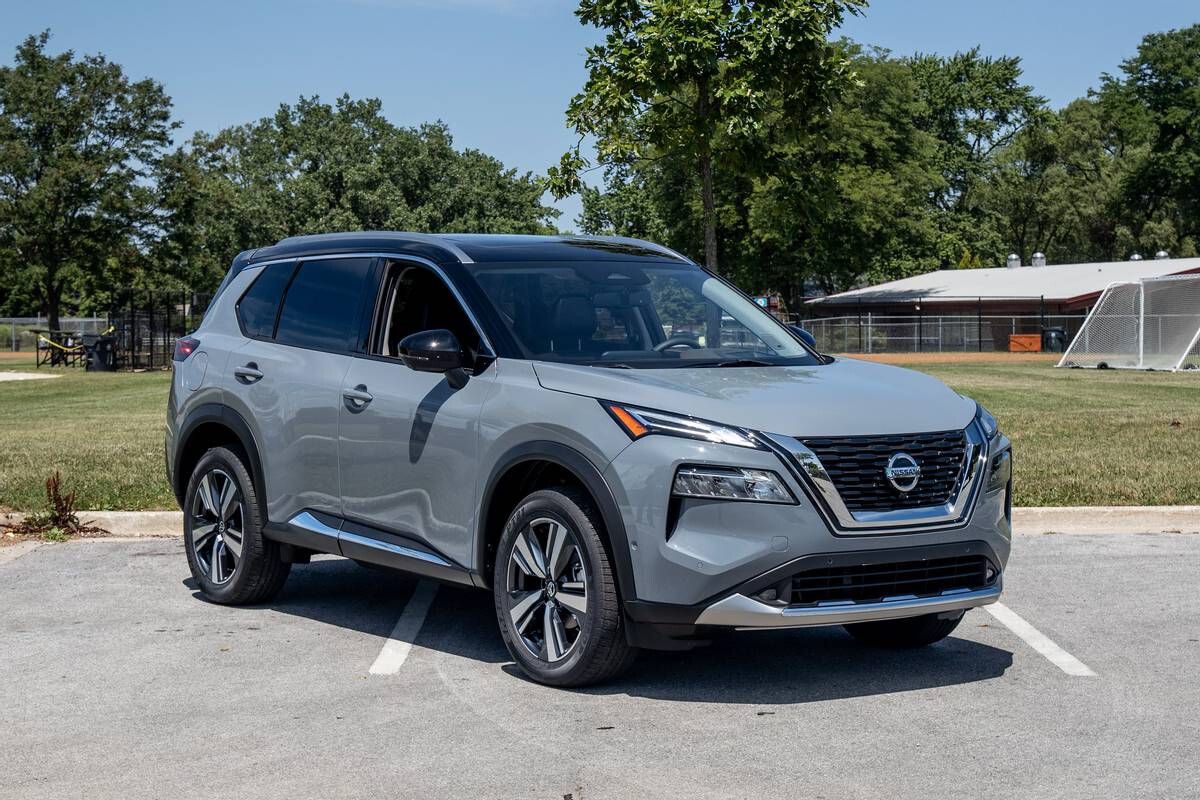All-Wheel Drive (AWD) vehicles are often marketed as the ultimate go-anywhere, do-anything solution for drivers dealing with rain, snow, gravel, or just poor road conditions.
But while AWD might offer better traction and performance, it doesn’t guarantee long-term durability or low ownership costs.
In fact, AWD systems are mechanically more complex than their front- or rear-wheel drive counterparts, which means that when something does go wrong, repairs can be costly and extensive.
That’s why it’s crucial to separate the AWD vehicles that prove themselves mile after mile from those that tend to crumble under pressure.
Some models are built with robust drivetrains, rock-solid engines, and smart engineering that make them favorites among high-mileage drivers and mechanics alike.
Others, however, carry the AWD badge but fall victim to transmission failures, drivetrain problems, or weak engine components before they ever get close to 150,000 miles.
In this feature, we’re highlighting two critical lists: five AWD cars that are known to handle high mileage with grace and minimal trouble, and five that simply don’t make the cut.
Whether you’re shopping used or just curious about which AWD cars live up to the hype, this guide offers an honest take grounded in real-world reliability, owner experiences, and mechanic input.
Also Read: 5 Retired Models That Increased in Value and 5 That Didn’t
5 AWD Cars That Handle Miles
Longevity is one of the most valuable traits a car can possess—especially when you’re investing in an all-wheel-drive model that’s likely to see more rugged terrain and harsher weather than the average car.
With AWD vehicles often costing more up front and demanding higher maintenance costs, the ability to handle serious mileage without constant repair bills becomes more than a convenience—it’s a financial necessity.
We’ve curated a list of five AWD cars that have earned reputations for reliability, even after 200,000 miles or more. These are the machines that just keep going, earning praise from fleet operators, rural commuters, mountain-town residents, and everyone in between.
They combine durable engines with tough drivetrains and smart designs that minimize common failure points. In many cases, these vehicles also benefit from strong aftermarket support and parts availability, which helps keep them on the road even longer.
Why are we writing this? Because not all AWD badges are created equal. Many car buyers assume AWD is an indicator of ruggedness and dependability—but that’s not always true.
This list is about cutting through the marketing and hype to highlight the AWD cars that truly deserve your trust. We’ve looked at real-world ownership data, mechanic recommendations, and high-mileage reports to select five vehicles that routinely exceed expectations.
Whether you’re looking for a used AWD car that won’t break the bank or simply want peace of mind in your next vehicle, these are the five that have proven they can take a beating and keep going. Let’s break down what makes them special—and why they belong on your radar.
1. Subaru Outback (2010–2014): The AWD Workhorse That Defined a Segment
When you think of a high-mileage AWD vehicle, the Subaru Outback is likely one of the first that comes to mind—and for good reason.
Particularly the fourth-generation model (2010–2014), this Outback hits the sweet spot of mechanical simplicity, practical design, and unmatched all-weather capability.
Built with Subaru’s signature symmetrical all-wheel-drive system, it offers excellent balance and traction in snow, rain, and even light off-roading.
What makes this generation especially durable is that it came before the more complex—and occasionally troublesome—CVTs and turbocharged setups became the norm in later models.
The 2.5-liter naturally aspirated flat-four (boxer) engine, paired with a conventional 6-speed manual or reliable automatic, has proven itself capable of logging 250,000+ miles with proper care. Even the optional 3.6-liter flat-six engine is known for its bulletproof nature, albeit with slightly worse fuel economy.
Routine maintenance—like timing belt changes, head gasket monitoring, and oil consumption checks—goes a long way, but these are well-documented issues that most seasoned Subaru owners and mechanics already know how to manage.
Interior space is another reason these cars live long, useful lives. With a cavernous cargo area, high ground clearance, and standard roof rails, the Outback has become the go-to for outdoor adventurers, pet owners, and families who want something as practical as it is durable.
You’ll often see these vehicles still in service as daily drivers in mountainous or snowy regions, where AWD is more than a luxury—it’s a necessity.
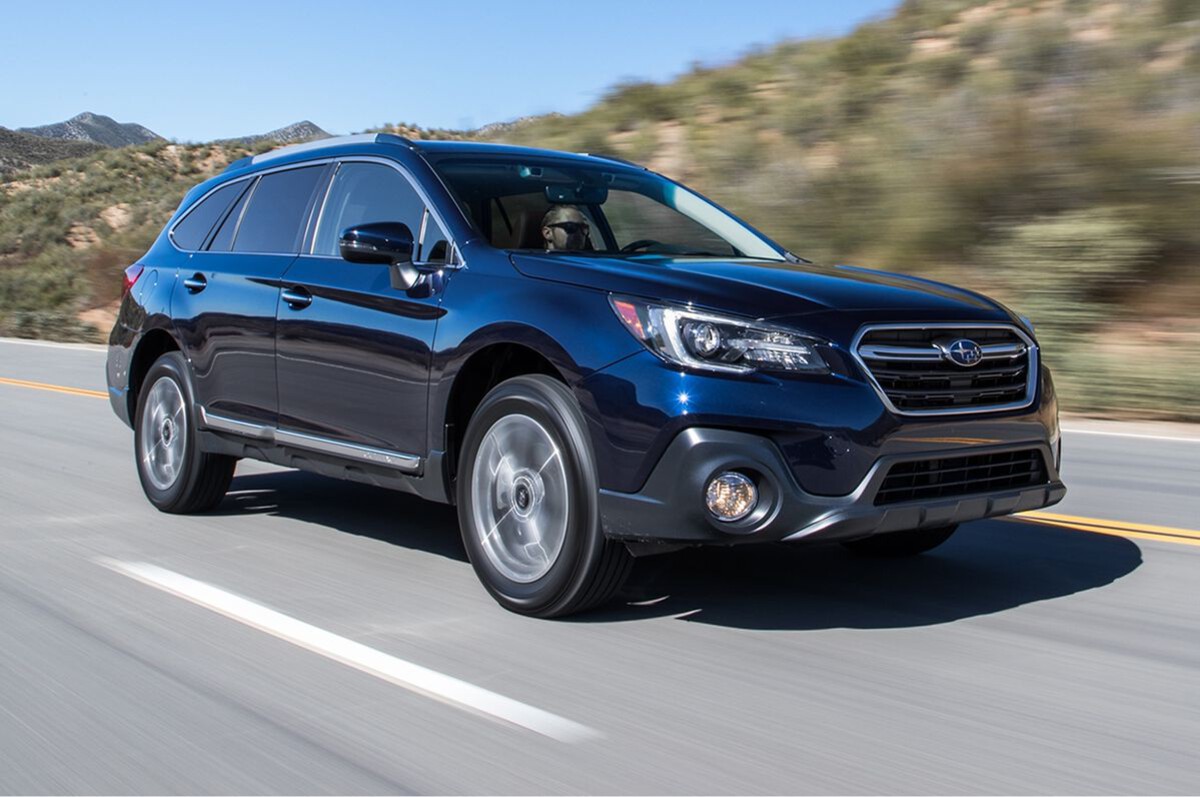
Why does it handle miles so well? A combination of mechanical simplicity, a rugged platform, and an enormous support network of independent Subaru mechanics and parts suppliers.
It’s not uncommon to find fourth-gen Outbacks still chugging along with original drivetrains after a decade or more on the road.
If you’re shopping for a used AWD vehicle and want something that delivers year-round traction, proven longevity, and real-world usability, the 2010–2014 Subaru Outback deserves to be on your shortlist. It’s one of those rare AWD vehicles that doesn’t just survive high mileage—it thrives in it.
2. Toyota RAV4 (2006–2012): The Compact SUV That Refuses to Quit
The second-generation Toyota RAV4 with available AWD, especially models produced between 2006 and 2012, is a poster child for long-term dependability.
While many crossovers in this era were leaning into complex tech and luxury features, the RAV4 stayed true to its roots: simple, efficient, and built to last.
This model generation was larger than the earlier RAV4s and offered a third-row seating option, making it even more attractive to families.
Toyota gave this RAV4 a choice of two powertrains: a bulletproof 2.4-liter or 2.5-liter inline-4, and an optional 3.5-liter V6 that shocked buyers with its 269 horsepower output—far more than any other vehicle in its class at the time.
Despite that power, the V6 versions are just as durable, regularly crossing the 250,000-mile mark with nothing more than routine maintenance.
The AWD system used here isn’t intended for rock-crawling but is more than capable in snow, mud, or slick conditions. It’s a part-time system that senses slippage and responds quickly without adding unnecessary wear.
Why does this generation of RAV4 make the list? It excels at delivering real-world longevity with minimal complaints. The transmissions—both the 4-speed and 5-speed automatics—are known for being sturdy and relatively trouble-free.
There are no turbochargers to fail, no direct injection systems to clog, and no fragile suspension components that wear prematurely. Its ground clearance is solid, the interior materials are durable, and the vehicle’s resale value speaks to its reputation.
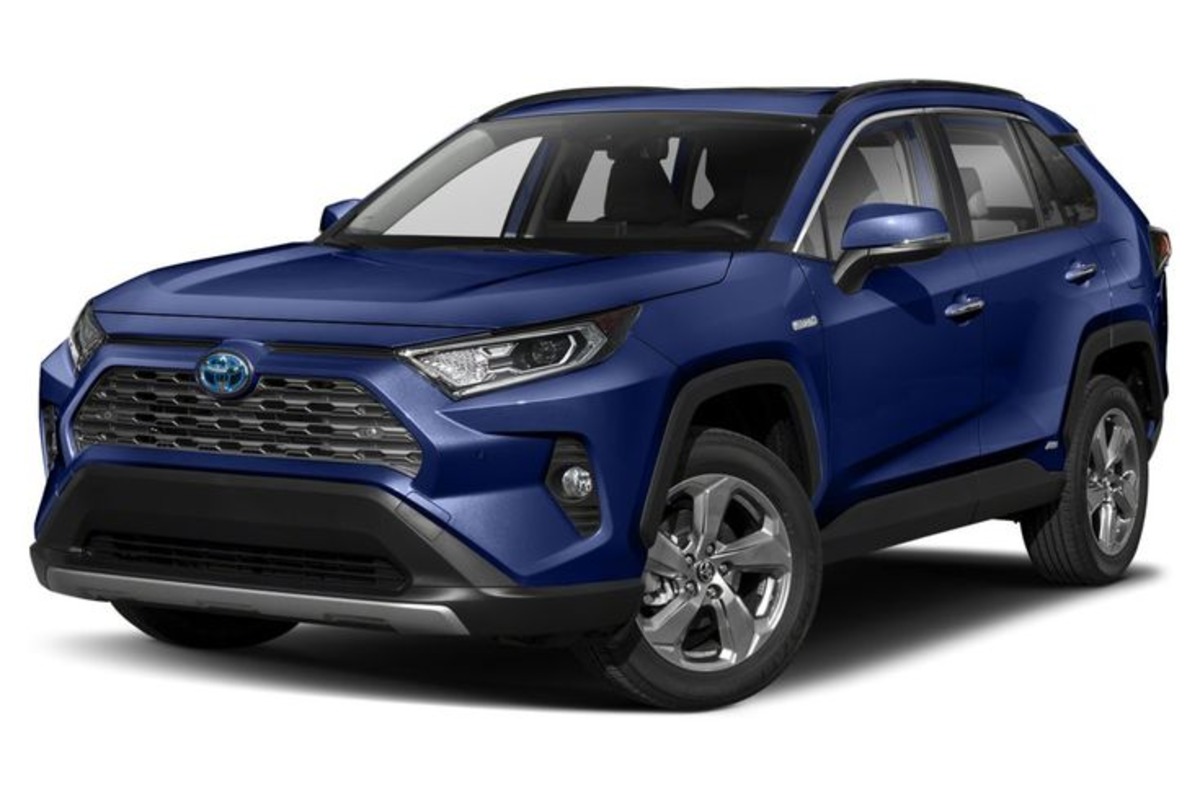
Another reason for the RAV4’s long life is the sheer number of them on the road. Toyota sold these in huge numbers, meaning that parts are abundant and cheap. Independent mechanics know the RAV4 inside and out, and DIY maintenance is refreshingly straightforward.
You’ll see these AWD RAV4s racking up mileage in suburban commutes, mountain town carpools, and even Uber duty in harsh climates. For buyers who want a crossover that can quietly rack up mileage while asking very little in return, this generation RAV4 is a no-brainer.
When it comes to AWD cars that handle miles with grace, the 2006–2012 Toyota RAV4 proves that sometimes, boring is beautiful—especially when it keeps you on the road and out of the shop.
3. Honda CR-V (2012–2016): Low-Maintenance, High-Mileage Legend
If there’s one compact SUV that’s become synonymous with reliability, it’s the Honda CR-V—and the fourth-generation model (2012–2016) is especially beloved among high-mileage drivers.
With available Real Time AWD and a reputation for mechanical durability, this CR-V generation strikes an ideal balance between simplicity and daily usability.
It’s not flashy or rugged-looking, but when it comes to putting on miles without complaint, few AWD vehicles can keep up.
Powering this CR-V is a 2.4-liter inline-four engine from Honda’s K-series family, one of the most respected engine lines in the business. It delivers adequate power (around 185 hp), great fuel economy, and, most importantly, exceptional durability.
There are countless examples of these engines surpassing 250,000 miles with minimal intervention beyond regular oil changes and fluid flushes.
Paired with a conventional 5-speed automatic transmission (before CVTs became standard in the next generation), the drivetrain is well-matched for longevity.
The AWD system in the CR-V isn’t off-road-focused, but it works beautifully in rain, snow, and mild gravel conditions. It’s designed for on-road safety and traction, making it an ideal choice for families or commuters in regions with varied weather.
The system is reactive rather than full-time, which reduces wear and tear and helps with fuel efficiency.
Interior comfort and practicality are also strong suits. The cabin is well laid out, with quality materials that stand the test of time. Cargo space is generous for the class, and the flat-folding rear seats offer versatility for drivers hauling gear, groceries, or pets.
But perhaps the CR-V’s greatest strength lies in its predictability. There are no surprise breakdowns, expensive electronic glitches, or major mechanical Achilles’ heels.
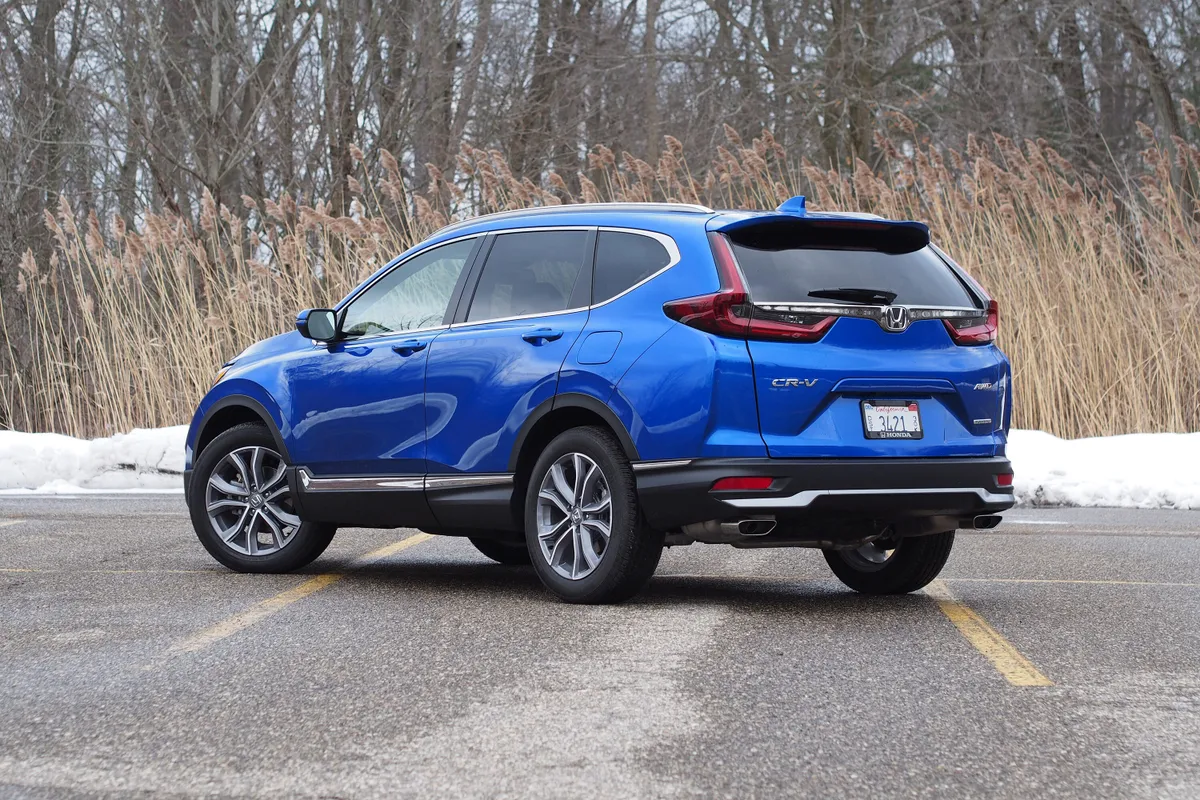
Maintenance is straightforward, and the vehicle’s design prioritizes longevity over complexity. Even with high mileage, resale values remain strong—reflecting its bulletproof reputation.
In a world filled with flashy crossovers loaded with gimmicks, the 2012–2016 Honda CR-V proves that substance still matters.
It’s an AWD vehicle that doesn’t demand attention—but quietly racks up mile after mile without drama. If you’re looking for a used AWD car that you can depend on for the long haul, this generation CR-V belongs at the top of your list.
4. Volvo XC70 (2008–2016): Swedish Steel with AWD Staying Power
The Volvo XC70, especially the third-generation models built between 2008 and 2016, represents a rare breed: a premium AWD wagon that pairs luxury with longevity.
While European cars often get a bad rap for high maintenance costs, the XC70 defies the stereotype—at least in this generation.
It’s built like a tank, designed for Scandinavian winters, and is one of the few AWD vehicles from Europe that consistently hits high mileage with grace.
Under the hood, the XC70 came with several engine options, but the 3.2-liter inline-six and the 3.0-liter turbocharged T6 are the most common. Both are robust when maintained properly.
The T6, in particular, provides a nice balance of power and refinement. While turbocharged engines are usually red flags for longevity, Volvo engineered this one with longevity in mind, and many of these units have logged well over 200,000 miles with regular oil changes and attention to PCV and cooling system maintenance.
The AWD system in the XC70 is an electronically controlled Haldex setup that works flawlessly in adverse conditions. It’s not a rock-crawling rig, but it’s perfect for wet, snowy, or unpaved roads.
Unlike many crossovers that just throw in AWD for marketing, the XC70 was purpose-built to function in harsh climates. It feels confident, planted, and composed regardless of what Mother Nature throws your way.
Interior quality is another reason this Volvo shines over time. The seats are among the most comfortable in the industry—even after a decade.
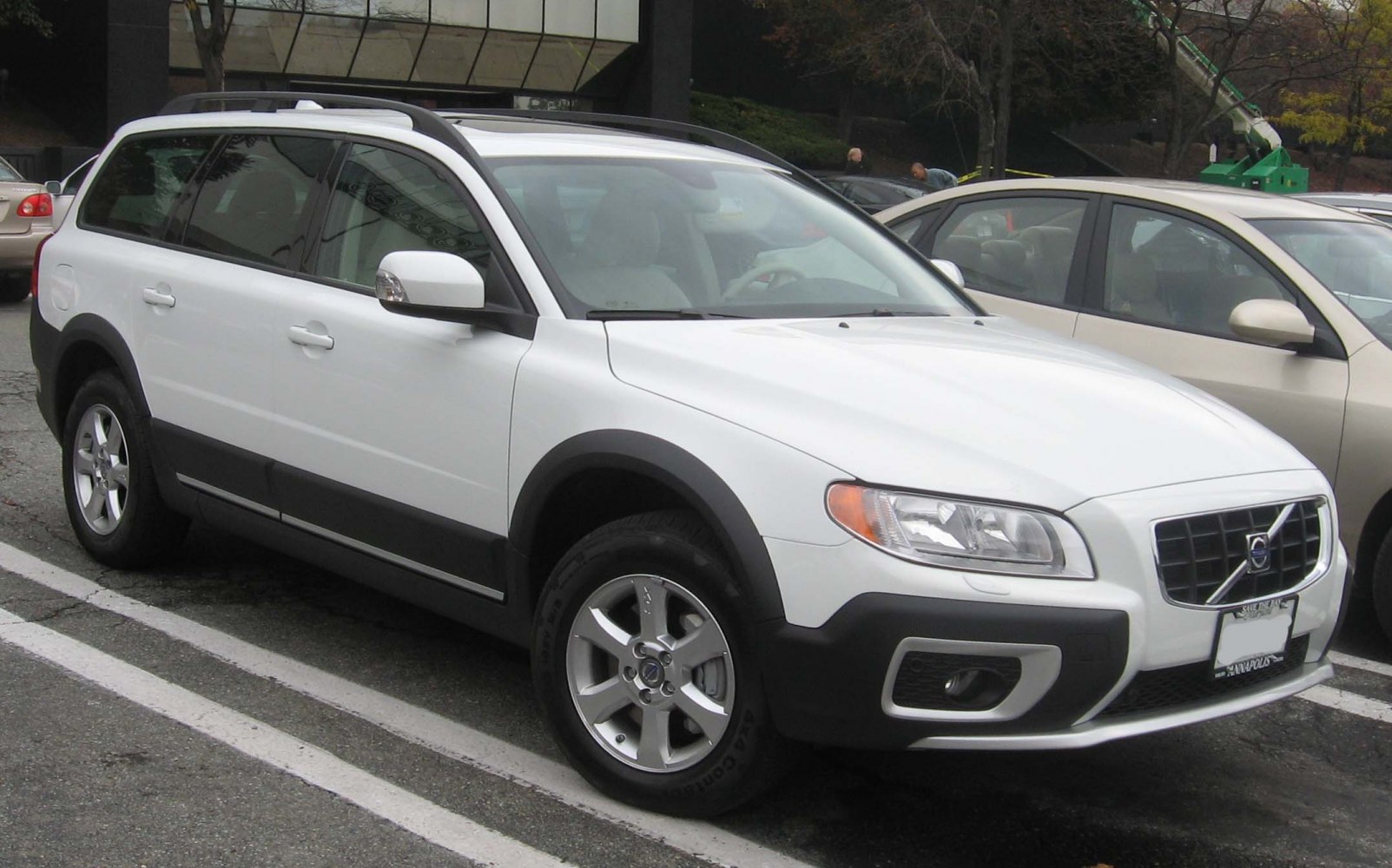
Materials hold up well to wear, the electronics age gracefully, and there’s a refined yet practical air to the whole design. It’s also immensely practical, with wagon-level cargo space and a low lift-over height for loading gear, dogs, or luggage.
Maintenance costs can be a touch higher than a Toyota or Honda, but they’re not excessive—and the trade-off is a car that offers a more premium ride without sacrificing AWD durability.
Parts availability is solid, thanks to Volvo’s steady presence in the U.S. market and a loyal owner community that keeps these vehicles alive.
In short, the XC70 is for the buyer who wants comfort, safety, and AWD confidence without worrying about whether the car will make it to 250,000 miles. This Volvo doesn’t just last—it does so with class.
5. Lexus RX 350 (2010–2015): Luxury That Lasts, AWD That Works
If you’re looking for an AWD vehicle that delivers both comfort and clockwork reliability, the 2010–2015 Lexus RX 350 is in a class of its own.
While luxury cars are often seen as high-maintenance, this Lexus proves you can have refinement, technology, and long-term dependability in one well-rounded package.
Built on Toyota’s rock-solid engineering foundation, the RX 350 combines all-wheel-drive security with one of the most durable V6 engines on the market.
At its heart is the 3.5-liter 2GR-FE V6, a powerhouse that’s as smooth as it is long-lived. This engine routinely surpasses 300,000 miles with minimal issues when properly maintained.
It’s mated to a 6-speed automatic transmission that prioritizes smoothness and reliability over complexity, and the optional AWD system is always engaged when needed—providing peace of mind in wet or snowy driving.
What makes the RX 350 stand out in the AWD durability conversation is how little it asks of its owner. There are no temperamental turbochargers, fragile electronics, or drivetrain weak points to worry about.
Oil changes, spark plugs, coolant, and brake services are usually all it takes to keep this SUV in prime shape for the long haul. And because Lexus is Toyota’s luxury arm, parts are widely available, and service costs are surprisingly affordable for a premium vehicle.
The AWD system isn’t designed for trail work, but it’s well-suited for everyday weather-related challenges. Snow, sleet, and rain are easily handled thanks to an intelligent, proactive system that doesn’t overwork the driveline.
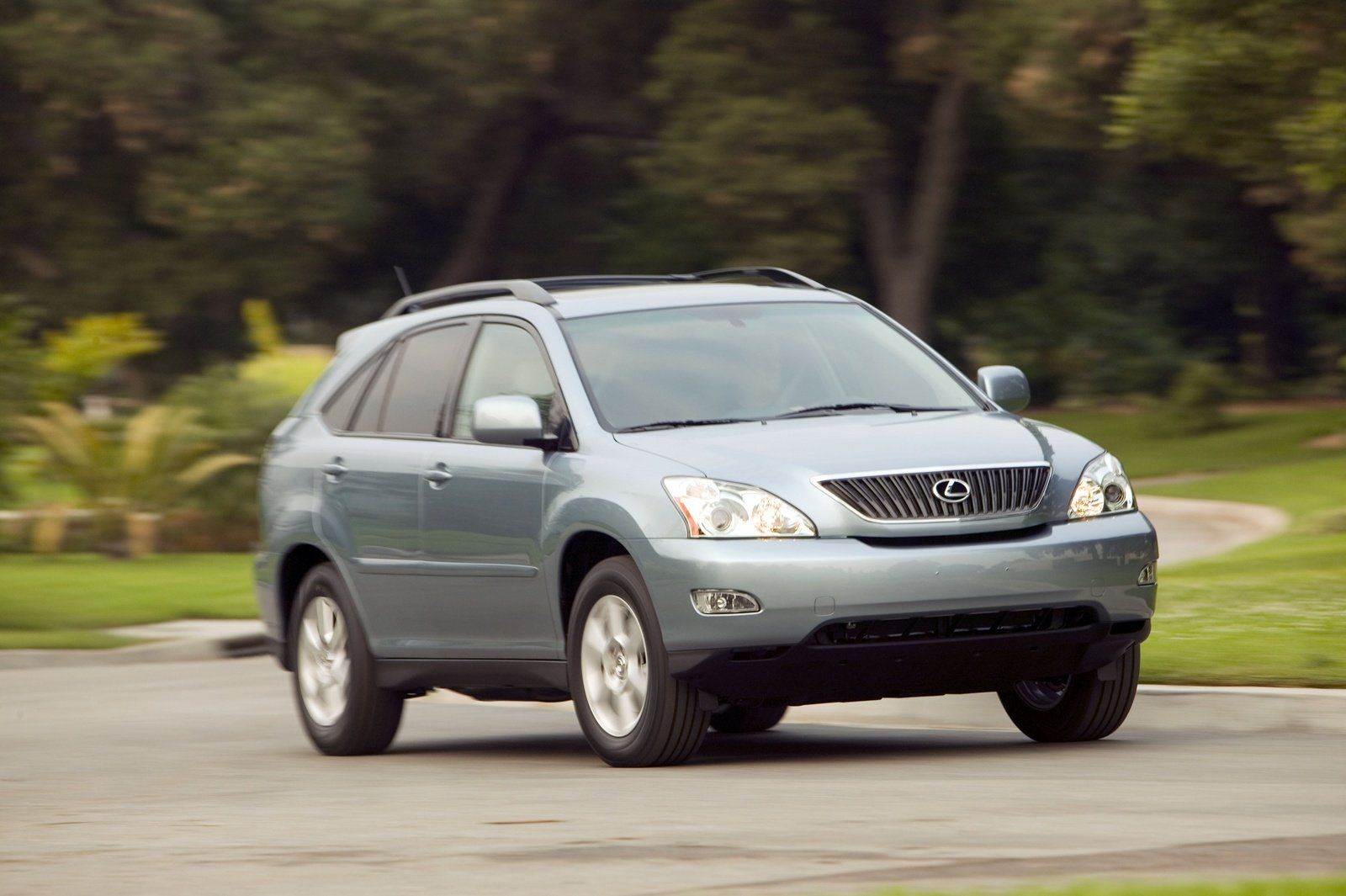
Owners in cold-weather states regularly report driving these vehicles deep into high-mileage territory without ever worrying about AWD component failure.
On the inside, the RX 350 is comfortable and quiet, with materials that age exceptionally well. Leather seats remain intact, controls are intuitive, and cabin noise is minimal—even after years of use. Lexus build quality shows itself over time, not just at the dealership.
For those wanting a used AWD SUV that doesn’t feel like a compromise, the 2010–2015 Lexus RX 350 checks every box.
It offers the confidence of all-wheel drive, the polish of a luxury vehicle, and the longevity of a Toyota truck. That’s a rare and valuable combination—and why it rounds out our list of AWD cars that truly handle the miles.
5 AWD Cars That Fall Apart
While all-wheel-drive vehicles offer enhanced stability, traction, and confidence in adverse weather conditions, not all AWD cars are built to stand the test of time.
Beneath the rugged marketing and snow-dusted commercials, some AWD-equipped models are hiding weak points that emerge far too early—expensive drivetrain failures, electronic issues, or engines that just don’t go the distance.
And with AWD systems being inherently more complex than two-wheel-drive setups, when things do go wrong, repairs tend to be costly and labor-intensive.
This section exists to highlight the flipside of AWD ownership. The cars listed here may look competent and promise security on slick roads, but in real-world use, many owners and mechanics have found them unreliable, expensive to maintain, or just plain fragile.
These aren’t just models that needed the occasional repair—they’re cars that are consistently flagged in high-mileage reports, forums, and reliability studies as prone to major issues well before they should be.
We’re not here to bash brands for the sake of it. This list is about awareness. It’s about helping buyers steer clear of vehicles that may leave them stranded or cost thousands in repairs after only a few years of ownership.
If you’re shopping for a used AWD vehicle—or currently own one of these models—knowing the red flags early could save you major headaches and financial strain down the road.
From poorly designed AWD systems to oil-thirsty engines and transmissions that just don’t last, these are five AWD cars that fall apart long before they hit the mileage targets their competitors routinely surpass.
1. Dodge Journey AWD (2009–2020): An AWD Crossover That Overpromises and Underdelivers
The Dodge Journey might look like a practical, family-friendly crossover—and it certainly tried to be—but when it comes to long-term reliability, especially in its all-wheel-drive variants, it fails to inspire confidence.
Built on an aging platform, the Journey lingered in the market for over a decade with minimal updates, and while its low price tag and roomy interior appealed to budget-conscious buyers, the AWD system and drivetrain left much to be desired.
Under the hood, early AWD models came with a 3.5-liter V6 or later the 3.6-liter Pentastar V6, which itself is a decent engine. But the trouble begins with the six-speed automatic transmission and the AWD hardware.
The power transfer unit (PTU), responsible for distributing torque to the rear wheels, is a known weak point. Failure of this component is common, and replacement can run into the thousands.
Combine that with the electronic AWD control modules that frequently throw codes or malfunction, and the system becomes a ticking time bomb.
It’s not just the AWD system that’s problematic. Owners frequently report premature suspension wear, faulty electrical systems, and HVAC controls that mysteriously stop working—especially in models built before 2015.
And while the interior is spacious, materials wear quickly, and the seats often don’t hold up to regular use. In harsh climates where AWD is most needed, the Journey tends to age poorly—rust around door sills, underbody corrosion, and failing wheel bearings are all common complaints.
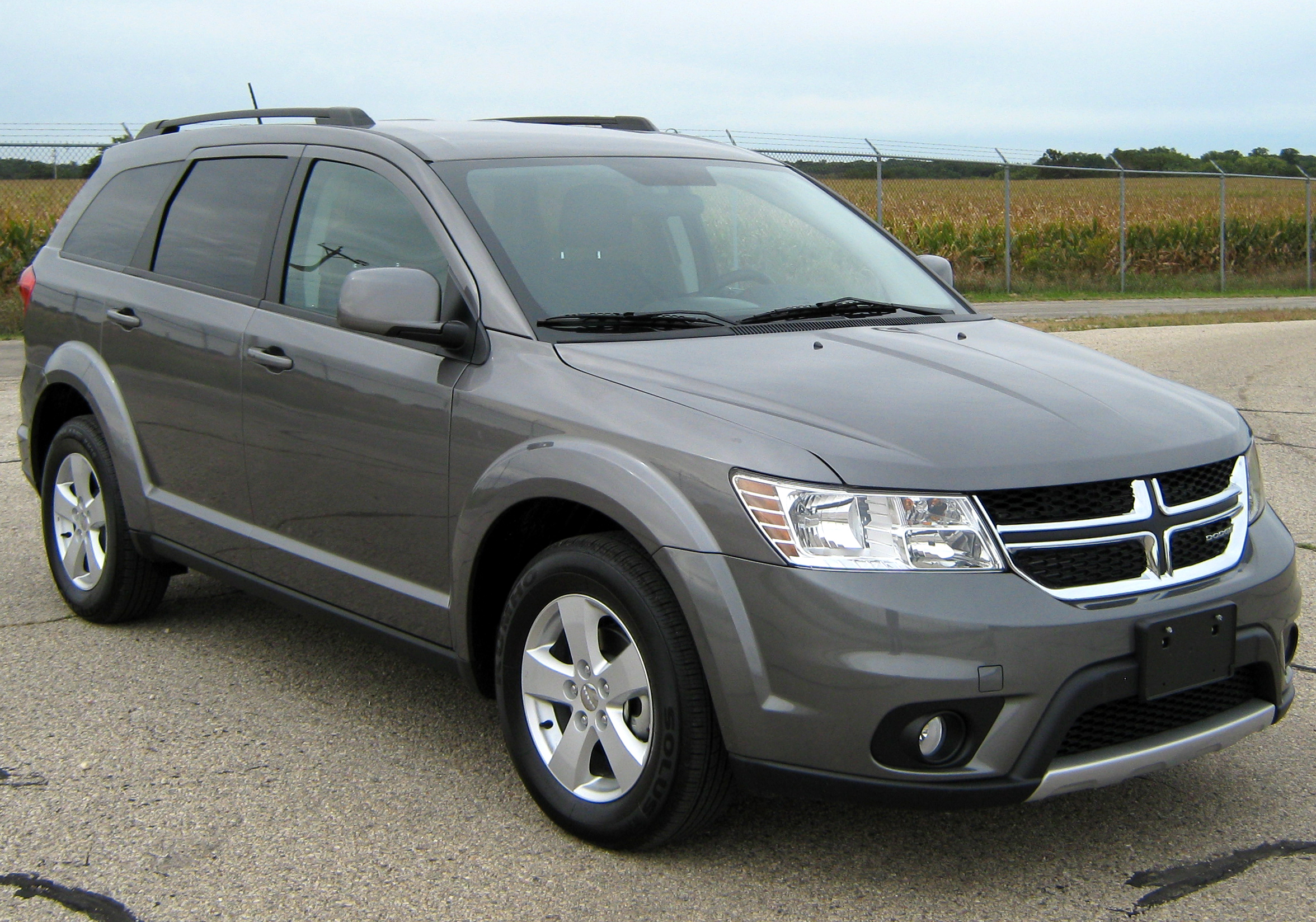
What makes the Journey so frustrating is that on paper, it seems to offer great value. A third-row seat, decent cargo capacity, and available AWD for a low price—it’s everything a growing family might want. But once it racks up miles, the reality sets in.
By 100,000–120,000 miles, many owners face compounding issues that make repairs uneconomical. That’s why used Journeys flood the market at bargain prices—many owners are eager to offload them before expensive repairs become necessary.
In short, the Dodge Journey AWD is a cautionary tale. It may get you through a couple winters, but it’s unlikely to be the long-haul companion you hoped for. If durability and reliability matter in your AWD search, steer clear.
2. BMW X5 xDrive (2007–2013): Luxury AWD with a Costly Expiration Date
At first glance, the second-generation BMW X5 xDrive (E70) offers everything you could want in an AWD SUV: premium interior, sharp handling, confident road presence, and robust engine options.
But look past the badge, and a different story emerges—one riddled with expensive repairs, drivetrain headaches, and premature component failures that earn this luxury AWD SUV a spot on the “fall apart” list.
While the xDrive AWD system itself is capable and responsive, the components surrounding it tend to fail long before they should.
The front driveshaft splines—an essential part of the AWD connection—are notorious for wearing out or shearing entirely, sometimes as early as 70,000 miles.
When that happens, the vehicle can lose AWD functionality or suffer catastrophic transmission damage. Replacing it isn’t cheap, and BMW didn’t issue a widespread recall despite the high failure rate.
Engine choices don’t fare much better. The N62 V8 engines in the 4.8i models are plagued with valve stem seal issues, coolant leaks, and timing chain guide failures.
Even the inline-six variants have their share of issues, including water pump failures, oil leaks, and turbocharger problems (in the case of the 35i).
Combine that with a ZF 6-speed or 8-speed automatic that isn’t immune to early failure, and you’ve got a high-maintenance, high-stress ownership experience.
Interior electronics are another weak point. iDrive system glitches, failing door lock actuators, HVAC controls, and malfunctioning tailgate motors are all common complaints—many occurring well before 100,000 miles.
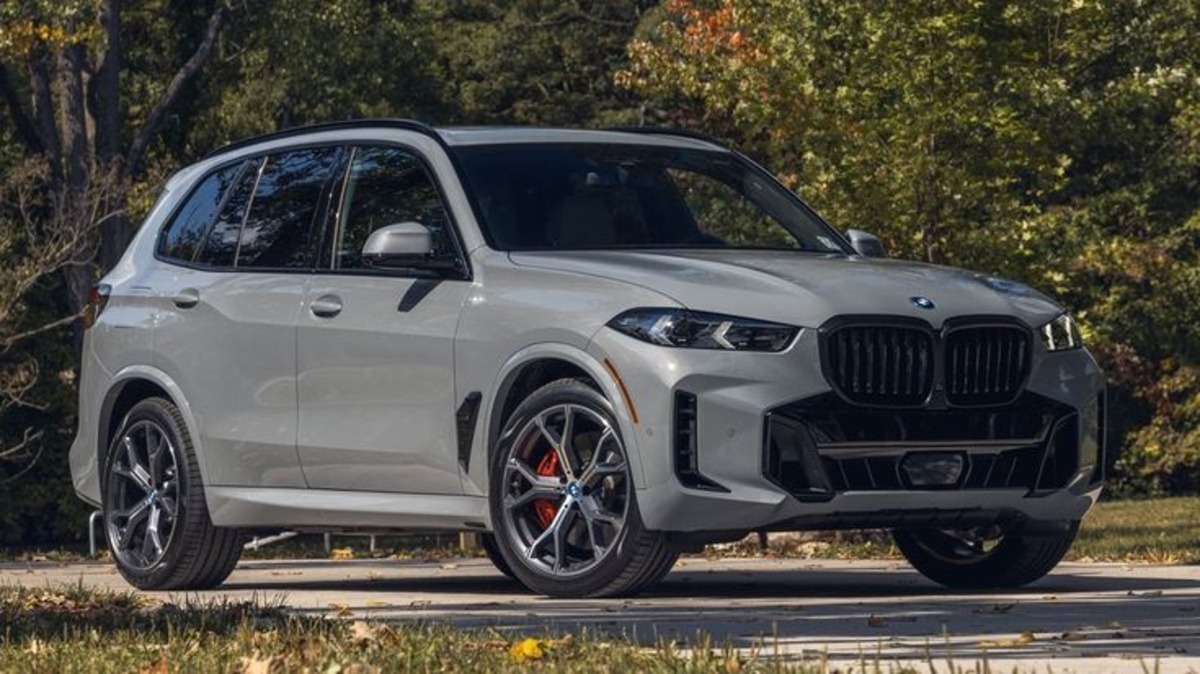
And while the materials feel premium, the real-world longevity doesn’t always match the showroom polish.
To make matters worse, labor and parts costs for BMWs are notoriously high. What might be a $600 repair on a Honda could easily run $2,000+ on an X5. DIY fixes are possible but challenging due to tight engine bays and a high reliance on proprietary diagnostic tools.
In essence, the BMW X5 xDrive (2007–2013) seduces with luxury and performance but punishes those expecting long-term ownership.
While it can be a fantastic driving machine in its prime, the AWD system and overall reliability make it a poor candidate for high-mileage use. For those who prioritize durability over driving dynamics, this is one AWD vehicle better left avoided on the used market.
3. Ford Edge AWD (2007–2014): Stylish Looks, Mechanical Letdowns
The first-generation Ford Edge may have helped define the modern crossover segment, but its AWD reliability record leaves much to be desired. Marketed as a stylish, versatile SUV with optional all-wheel drive, the 2007–2014 Edge attracted plenty of buyers.
Unfortunately, many of those same buyers ran into costly problems once the miles started piling up—especially when equipped with AWD.
One of the biggest issues lies in the drivetrain. The AWD system used in the early Edge models relies on a power transfer unit (PTU), which is responsible for sending torque to the rear wheels when needed. The problem?
The PTU is sealed and often fails without warning. It tends to overheat, leak fluid, and ultimately seize or destroy itself—sometimes before 100,000 miles.
Since Ford didn’t equip the PTU with a drain plug until much later, early failures often occur due to trapped, broken-down fluid that can’t be serviced unless the entire unit is removed and replaced—an expensive fix that often repeats.
But the PTU is only part of the problem. The Edge’s 3.5-liter V6 has a mixed reputation, suffering from water pump failures that can destroy the engine due to its internal design.
When the water pump leaks, coolant often gets into the oil, and because the pump is buried behind the timing chain cover, repairs can exceed $2,000.
Combine this with the vulnerable transmission in early models—prone to harsh shifting and failure under stress—and it becomes clear that this AWD crossover isn’t built for the long haul.
Electrical gremlins are also common. From faulty throttle bodies to power liftgate malfunctions and sync system crashes, the Edge doesn’t age gracefully.
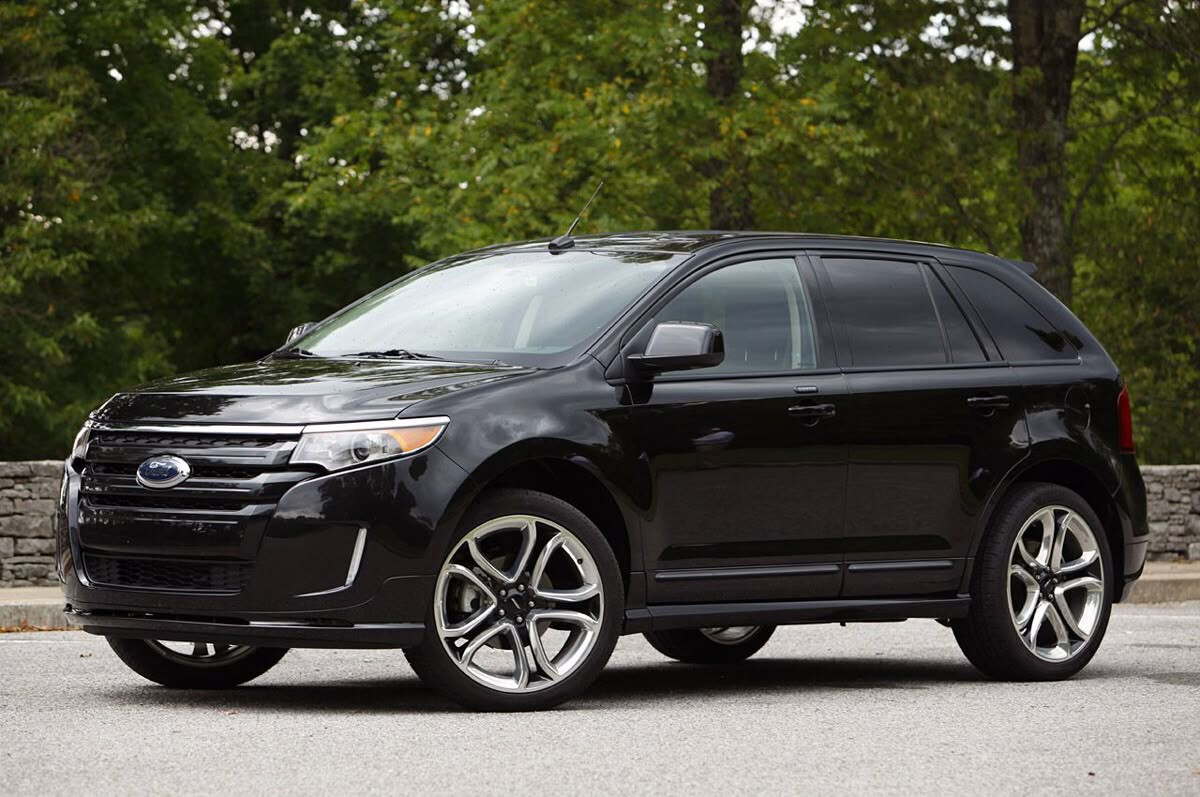
Suspension components like rear wheel bearings and struts are also known to wear prematurely—especially in AWD variants that carry extra weight.
To Ford’s credit, later models improved somewhat, but the 2007–2014 AWD Edge still carries a track record that should make cautious buyers think twice. While it’s spacious and appealing at first glance, those high repair bills come fast once the miles start accumulating.
In short, the Ford Edge AWD is a cautionary tale: good on paper, decent for the first few years, but not built to tackle high mileage without significant wallet pain. Better AWD options exist if you’re planning for the long road ahead.
4. Nissan Rogue AWD (2008–2013): Affordable Entry-Level AWD with Long-Term Regrets
The first-generation Nissan Rogue, produced from 2008 to 2013, was designed to offer affordable AWD traction in a compact crossover format.
And in its early years, it did just that. Buyers appreciated its tidy size, decent fuel economy, and available all-wheel drive—especially in snowbelt states.
But as the miles stack up, this Rogue shows its flaws quickly, earning a reputation for costly mechanical problems and poor long-term durability, particularly in AWD-equipped models.
The most glaring issue? The continuously variable transmission (CVT). Nissan leaned heavily on CVT technology during this period, and the Rogue became one of the earliest—and most notorious—victims.
Early CVT units in these Rogues frequently failed before 100,000 miles, often with little warning. Overheating, belt slippage, and delayed engagement are all common symptoms.
Nissan eventually extended the transmission warranty due to widespread issues, but many owners still ended up footing the bill for full replacements.
The AWD system itself, while useful in light snow or rain, doesn’t do much to save the vehicle from its drivetrain woes. Like the CVT, the Rogue’s AWD system is relatively fragile, prone to sensor and actuator failures that trigger warning lights and limp mode.
While it’s not the most failure-prone AWD unit on this list, its problems are compounded by the unreliable transmission it’s paired with.
And the issues don’t stop there. Suspension bushings, wheel bearings, and struts wear out prematurely, leading to clunks and rattles long before most competitors would have trouble.
Interior materials also degrade quickly—cheap plastics, worn upholstery, and malfunctioning electronics are all too common after just a few years of use.
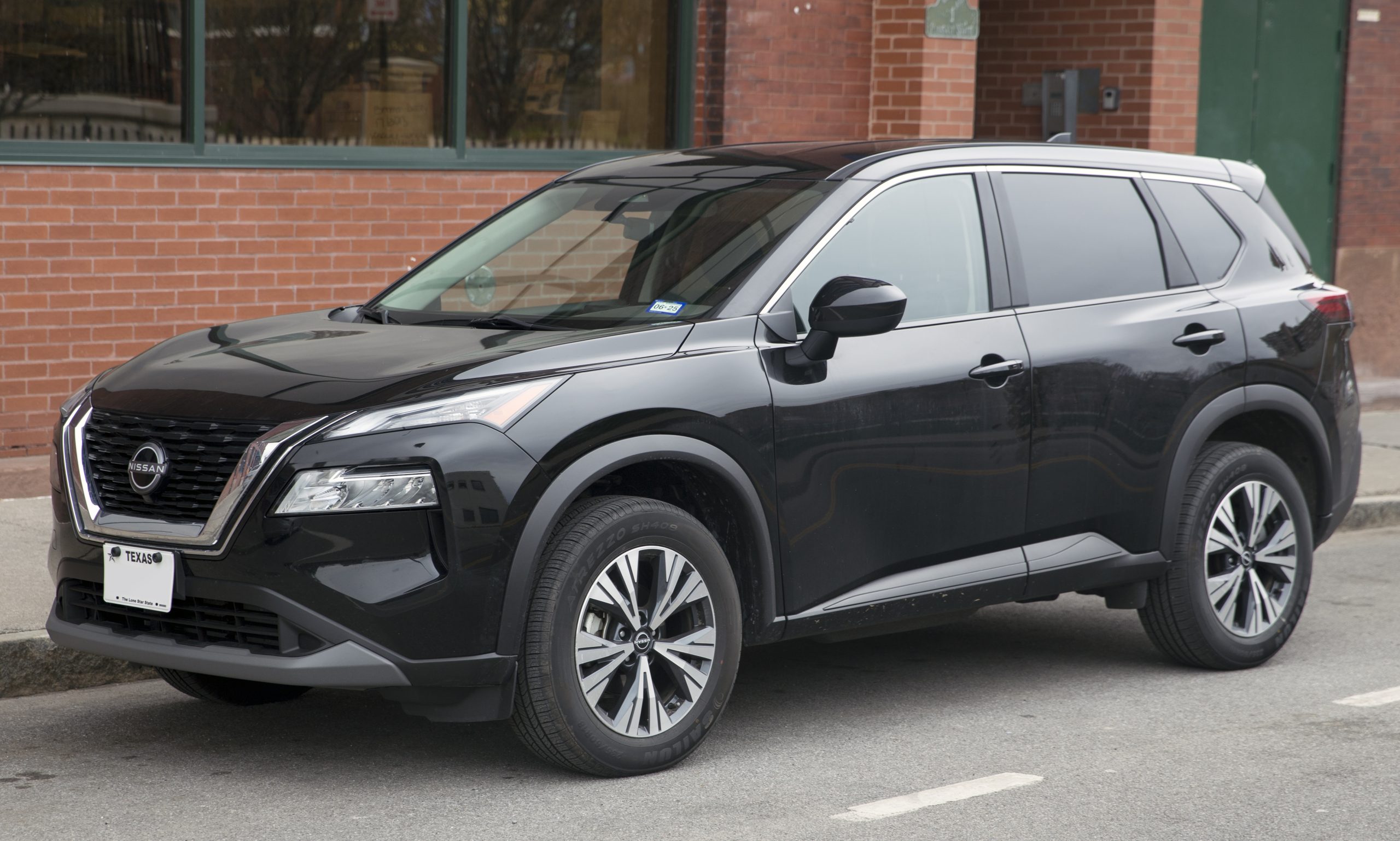
Engine-wise, the 2.5-liter four-cylinder is adequate, but not exactly long-lived. Excessive oil consumption and timing chain tensioner noise become problems around the 120,000-mile mark, and these issues can snowball if left unchecked.
In theory, the Rogue AWD was a smart, budget-friendly choice for city dwellers or first-time SUV buyers. In practice, it turned into a money pit for many owners who tried to take it beyond 120,000 miles.
Between the unreliable CVT and subpar AWD components, this is a vehicle better suited for short-term use—or not at all if long-term reliability matters.
5. Chevrolet Equinox AWD (2010–2017): Good Looks, Bad Lifespan
The second-generation Chevrolet Equinox (2010–2017) was positioned as a practical, stylish compact crossover with optional AWD and plenty of family-friendly features.
It looked like a solid competitor to the Toyota RAV4 and Honda CR-V, but under the surface, the Equinox hides a host of reliability issues that make it a poor choice for anyone hoping to push past 100,000 miles—especially in AWD trim.
At the core of its problems is the 2.4-liter Ecotec inline-four engine, which was the most common powerplant for this generation.
While GM promised fuel efficiency and modern engineering, what many owners got instead was excessive oil consumption, piston ring failure, and ultimately, engine seizures.
Many vehicles started burning oil as early as 60,000 miles, often without triggering a check engine light until serious damage was already done. The situation was so widespread that GM faced lawsuits and had to extend warranties for certain affected models.
Adding to the pain is the optional AWD system, which works fine—until it doesn’t. The system’s rear differential and transfer case are prone to fluid leaks and internal failure, often triggered by overheating or poor factory sealing.
Repairs can be costly and, when combined with engine issues, often push owners toward scrapping the car rather than fixing it.
The transmission doesn’t inspire confidence either. While not the worst in its class, the 6-speed automatic frequently experiences hard shifting, slipping, and torque converter problems. By 120,000 miles, many owners find themselves facing major drivetrain repairs on top of engine-related woes.
Interior quality is another letdown. While the cabin looks attractive at first glance, materials wear down quickly.
Dashboard rattles, peeling buttons, and failing infotainment systems are all common complaints. Suspension wear is also accelerated in AWD models, with wheel bearings, control arms, and sway bar links often needing early replacement.
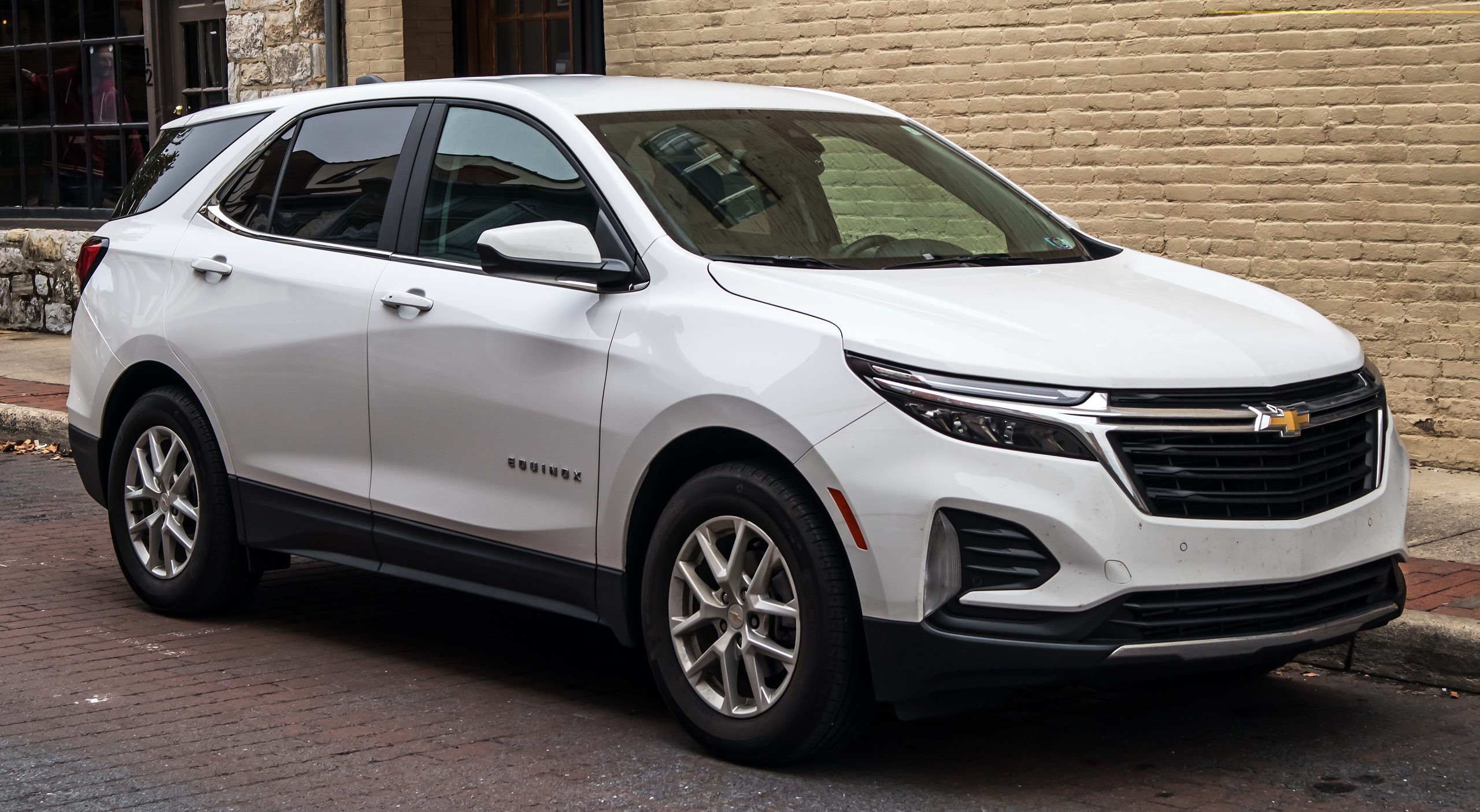
The Chevrolet Equinox AWD might look appealing as a used buy—good ground clearance, modern styling, and a low resale value—but that price tag often hides thousands in upcoming repairs.
Between its underwhelming powertrain, fragile AWD system, and weak engine design, it’s a crossover that doesn’t go the distance.
If you want an AWD vehicle that’s more than just a short-term commuter, steer clear of this generation Equinox. It’s a clear example of style over substance—and one of the first AWD vehicles to break down when the miles start adding up.
All-wheel-drive vehicles promise stability, safety, and confidence across varying road conditions—but as we’ve seen, not all AWD systems (or the vehicles they’re installed in) are created equal.
Some AWD cars are engineered with longevity in mind—featuring bulletproof drivetrains, well-matched components, and mechanical systems that can survive harsh weather and high mileage with minimal complaint.
Others, unfortunately, wear the AWD badge while concealing deep reliability flaws, fragile parts, or underdeveloped technology that doesn’t hold up over time.
Also Read: 5 Cars With Zero Depreciation Over 5 Years and 5 That Drop Instantly

